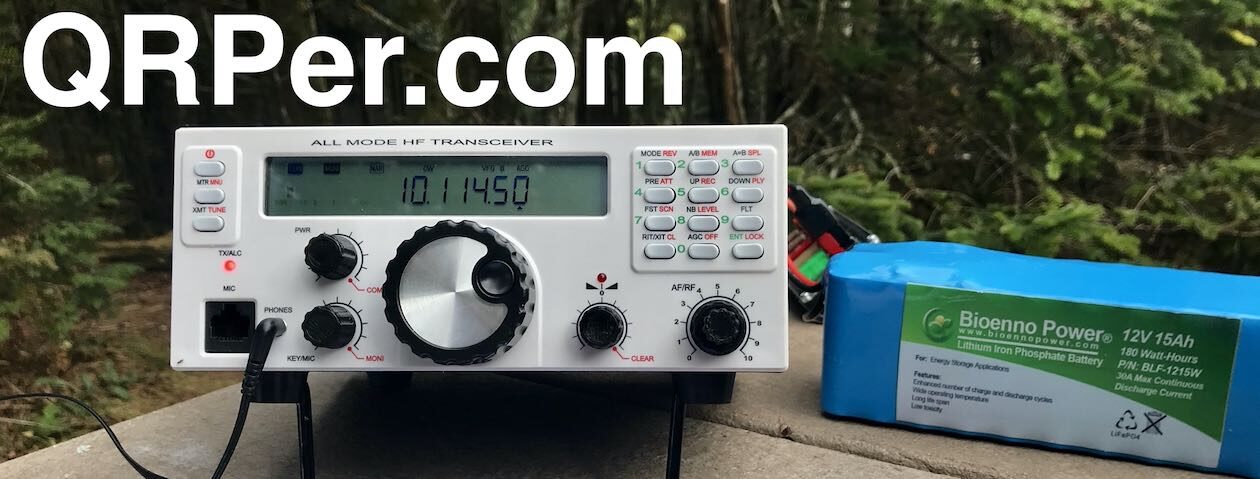 This past week, I hit the parks pretty hard while giving the lab599 Discovery TX-500 a good field evaluation. I managed to activate eight parks in the seven days I had the radio.
This past week, I hit the parks pretty hard while giving the lab599 Discovery TX-500 a good field evaluation. I managed to activate eight parks in the seven days I had the radio.
It was so much fun.
Today, I was going through my logs and was reminded of one park activation on the Blue Ridge Parkway in particular…
The activation was a bit impromptu (like most of my activations, if I’m being honest). My family packed a picnic, I grabbed the TX-500 from the workbench, and we headed to the parkway.
I set up the station on a picnic table and deployed my trusty EFT Trail-Friendly 40/20/10 meter end-fed antenna. I started calling “CQ POTA” on CW and within 15 minutes or so amassed the 10 contacts I needed to validate the activation. Signal reports were overall a little on the weaker side, but propagation that day wasn’t exactly stellar. I worked a few more CW stations, then switched to SSB.
I started my SSB run by trying to work a few “Park to Park” sites because my phone managed to load a list of POTA spots from my very dubious mobile phone connection. I heard a strong signal from a park and replied, “K4SWL, Park to Park, Park to Park!” No reply.
Typically, when you say “Park to Park” an activator makes your contact their high priority. So I was a bit shocked not to hear a reply. I tried again. Nothing.
Then I cycled through some of the radio settings and discovered I had left the radio set to one watt of output power. Earlier that day while testing the TX-500 in the shack, I checked output power levels by hooking it up to a watt meter and dummy load. I forgot to move it back up to 5 or 10 watts.
No wonder I was so weak on SSB! I increased power output to 10 watts (the TX-500 max output) and quickly confirmed that other park.
I worked a few more SSB stations, then packed up for the day.
When I got back home, I made a little map of my contacts.
On the map below, all of the green pins below were CW contacts and made with one watt of power. The red pins are SSB contacts with 10 watts. The yellow star is roughly my location:
I operate QRP (or, at least 12 watts and below) 95% of the time I’m on the air. On rare occasions, I’ll run up to 50 or possibly 100 watts. Besides the amazing portability QRP rigs offer, it’s so much fun to travel the airwaves on peanut power–whether I know it or not.
But I’m pretty sure I’m preaching to the choir here, right–?
I know this: there’s magic in one watt and a wire!




Your map proves again CW has so many advantages. Distance travelled by the signals are many times greater.
Well done, imagine you had had 5 or 10W CW during your activation …. ..
73
Frank
on6uu